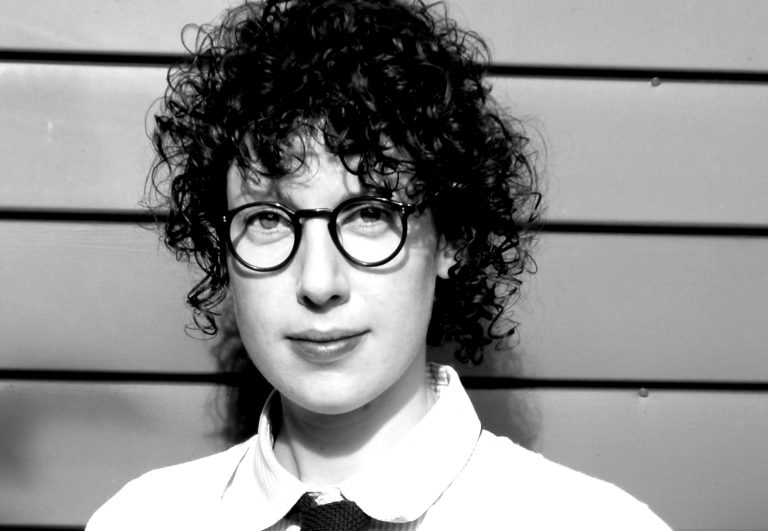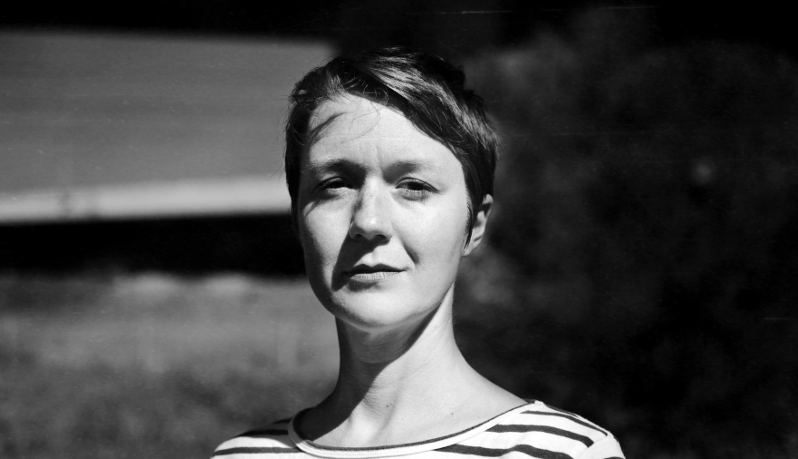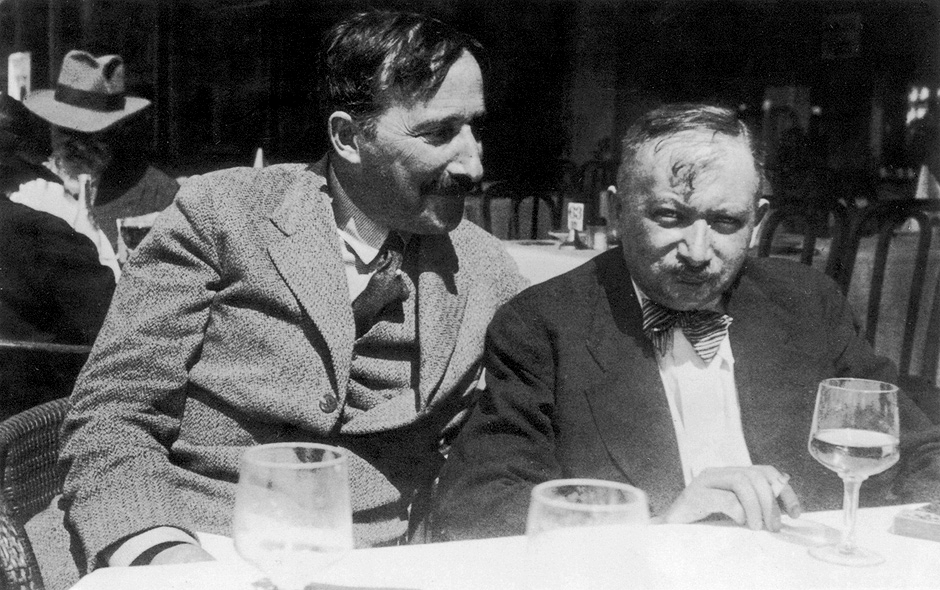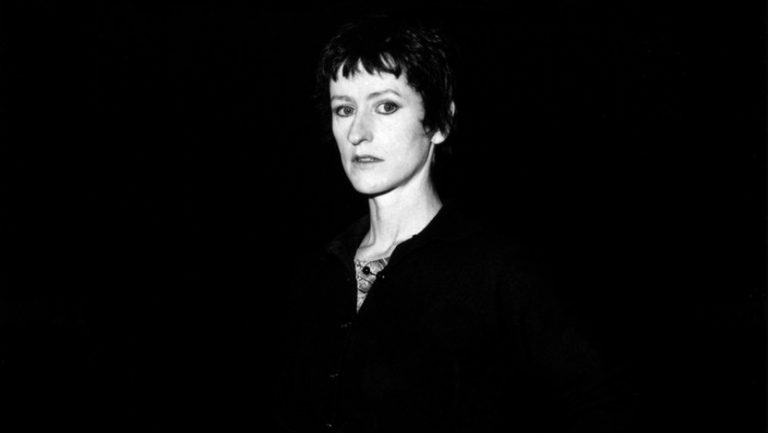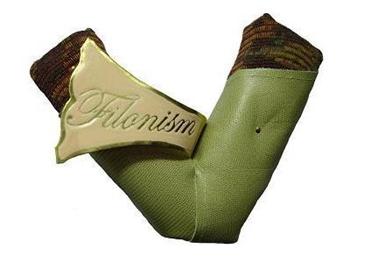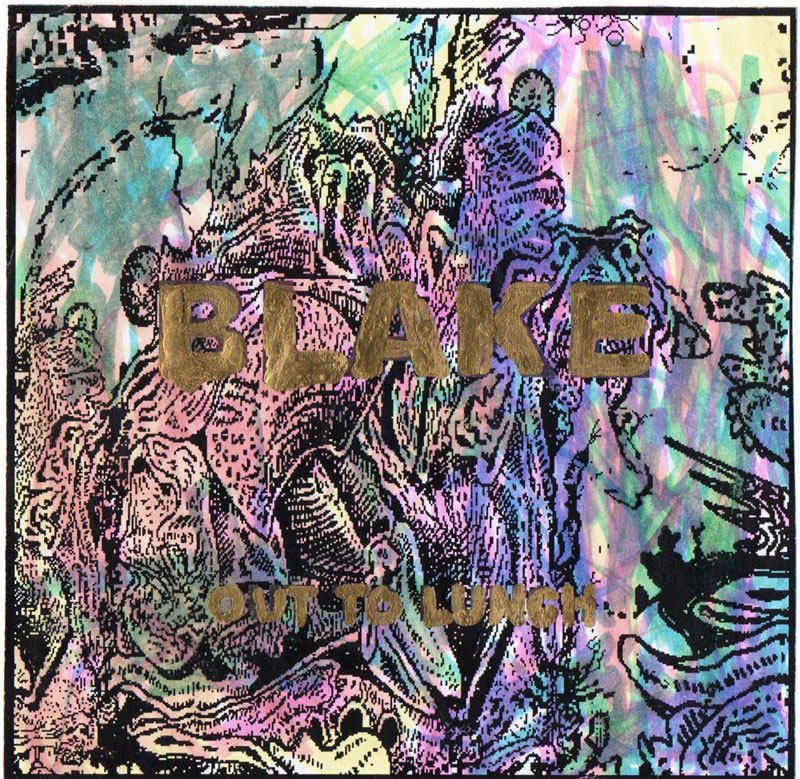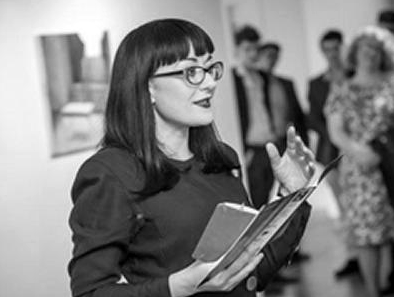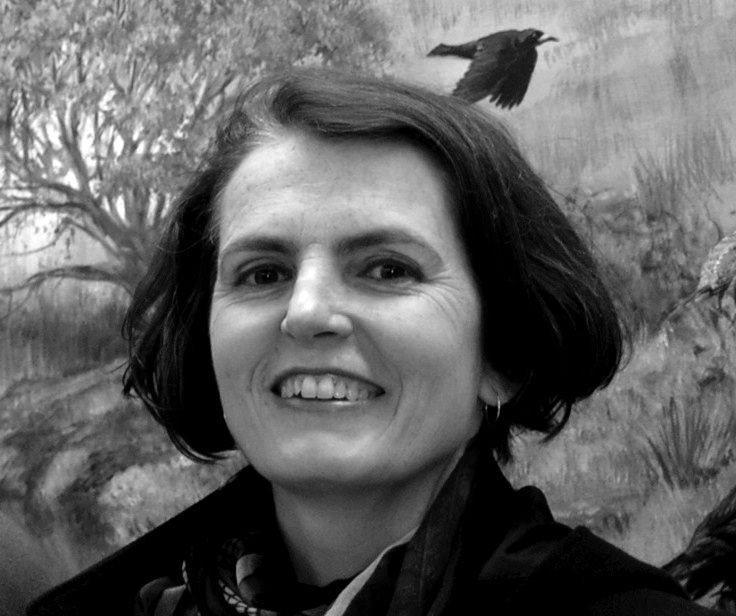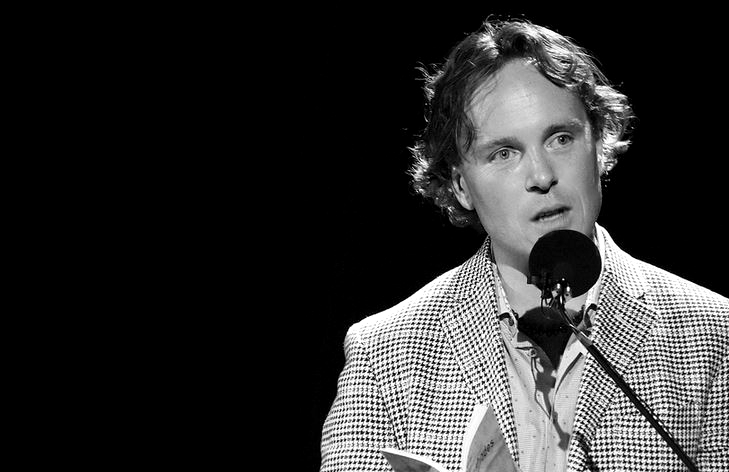ESSAYS
Transplanting Colenso: Taxonomy and Translocation in Leicester Kyle’s Koroneho: Joyful News Out of the New Found World
‘Language adheres to the soil, when the lips which spoke it are resolved into dust,’ wrote William Colenso in 1868, and again in 1883.
‘We Are all Rejects’: Unsupported Writers and the New New Zealand Journal
The declining level of support offered to poets and other writers in Aotearoa/New Zealand is a source of real distress and debate for those in the writing community. Lee Posna, in an essay published last year on the Pantograph Punch, writes from the position of a poet who feels himself unsupported, and really suffers because of it.
TRANSTASMAN Editorial
At the close of his poem for this issue, ‘Heaven, Bruny Island’, Ken Bolton writes how the radio ‘seems to have stopped to listen’. As I reflect on the poems constellated here, I feel they are doing similarly; attending to something that is neither absent nor present. They are listening to signs of that abstract ground: transtasman.
Dead Man Modified: A Letter from Vienna
Stefan Zweig and Joseph Roth, 1936. Imagno/Hulton Archive/Getty Images The words of a dead man Are modified in the guts of the living. W.H. Auden, in Memory of W.B. Yeats Just around the block from Vienna’s State Opera, on the …
Recalling the Poet: Childhood Memories of Sam Hunt
In an awkward clash of cliché and fact, I grew up on a sheep farm in New Zealand, in a house owned by a former All Black. In this steep green place, where the melodic peals of bellbirds rang out from ferny valleys and the lambs shat in your gumboots if you left them out overnight, I met my first poet. His name is Sam Hunt, and I owe him an apology.
NO THEME IV Editorial
Sometimes people become irritated when I am once again asked to compile another collection of poems. Why him? they ask. Why him again? Well, there’s a reason. I am good at it.
Fuori le mura: Seven Vicki Viidikas Poems
Vicki Viidikas’s first book Condition Red (UQP, 1973) – which most likely took its title from Kubrick’s Dr Strangelove (1964) in which Condition Red means war – burst with unsettling depictions of contemporary life and the status of women, a year after Equal Pay had become law.
‘Can I Do My Words?’: On the Poetics of Deafness
Taken together, these three memories denote my progression towards finding a voice as a deaf writer.
Exploring and Renegotiating Transparency in Poetry Translation
To read poetry in translation, no matter how ‘close’ the rendering is to the original text, is to necessarily involve another figure in the reading and interpreting process. Readers of translations are not only receiving the work of the original …
Beyond Words: The Obscured Language of Graffiti
When contemplating writing a piece on graffiti typography for a journal of poetry review and criticism, I reflected on themes that could be extrapolated between the two. That is, beyond a shared use of the alphabet as fundamental building block …
The raison d’etre of onedit
Onedit hasn’t had a statement about its raison d’etre since its inception almost 15 years ago, and it’s interesting to be writing one now. The point of poetry for me is that it’s a much more flexible, open, varied, and enduring way of writing into, out of, through, around, or with the world than any kind of commentary can ever be.
One Size Fits All: On Out To Lunch’s Unpublished BLAKE
These plates were composed in Windows 95 MS Paint, a program practically obsolete for close to a decade by the time of composition and pushed far beyond the anticipated limits of the first-PC-generation software by the inclusion of hand- and mouse-drawn figures, colour washes, scans of photos and mass-produced detritus, manually and digitally manipulated and combined into undeconstructible admixtures.
Seeing Skulls, Reading Palms: Jasper Johns in 2014
Jasper Johns’s Regrets is at the Courtauld from September 12th-December 14th. Before that (March 15th-September 1st), it was at MoMA. A significant portion of its contents are due to return to New York, but for now, it’s in the rather more incongruous and maybe more productively peculiar setting of the Courtauld: set in the vaguely lobby-like space that communicates between the museum’s marble spine/stairs and its permanent collection of Impressionism and its hereafters.
An Update to “Spying on the Poetry Scene in Edinburgh’ by Posie Rider’
[Note: the below article by Posie Rider, written November 2010, first appeared in Openned January 2011. She wasn’t findable to provide an update, so Jeremy Beardmore has kindly stepped in.] Update on page 2. Hail! When I received the call …
A Personal Letter from the People’s Republic of Cork to the People of Cordite
Cork is Ireland’s second city with a population just shy of 120,000 people. It has a river, a university, an art collage, a cathedral, some art galleries, community centres, shops, multi-national chains, pubs, cafes, restaurants; all the things you would …
Integral to the Ethos of The Other Room
At the beginning of 2008 Alex Davies, co-organiser with Steve Willey of the London poetry reading series Openned, convened a meeting of a group of loosely-associated poets with a commitment to experimental and innovative writing in Manchester. The poets were …
OBSOLETE Editorial
‘Obsolete’ can only be neutral or pejorative; it is never a compliment. Even those who value the old, the superseded object or mode, are reinstating it so as to deny that the object or mode is obsolete. I can still use it.
Rebecca Giggs Peers into The Microscope Project
In 2012 Flinders University decommissioned a set of powerful microscopes. Technologies long since surpassed, ETEC, JEOL, LEITZ and the VANOX ‘twins’ (scanning electron and fluorescence scopes) had been marked for scrap; their manuals, notes and schematics boxed for collection.
>>Sidestepping the Known: A Loose Chronology of Meztext[ing]s
When I was in my late primary school years, I was shunted into an accelerated reading program. This program was designed for kids who had either outpaced their schoolmates in terms of reading ability, or who whizzed through books [while still comprehending them] at a voracious rate.
The Northern Territory Emergency Response: Why Australia Will Not Recover from The Intervention
It was always an exciting time for me, during my time in the role of Art Centre Manager at Titjikala, to escort Aboriginal artists from central Australia to their art exhibitions and forums in Adelaide. On one occasion were two senior Pitjantjatjara / Luritja artists from Titjikala, and they were accompanied by their granddaughters.
My Intervention (in Cowdy)
My Intervention story began in 2011 when I moved to the Northern Territory’s remote Indigenous Borroloola community; a designated growth town located in the Gulf of Carpentaria, a few hundred kilometers from the Queensland border.
Gu Yanwu: Translations of Letters, Poems and Essays
Gu Yanwu (1613-1682) stands out as one of the more remarkable figures in the history of Chinese letters, even in a landscape replete with remarkable figures.
Lost Venues, Long Nights: An Introduction to Historical Maps of Live Music in Sydney and Melbourne
As with many other industries, live music in Australia has undergone a form of restructuring. Much of this occurred during the 1990s, though it wasn’t so obvious at the time and there were plenty of other interesting things happening, often within stumbling distance of one’s affordable inner-city rental accommodation.
CANADA / AUSTRALIA Editorial
Why do this? Cultural relations via literature, that’s why. What similarities can be drawn or stylistic approaches extrapolated from reading the poetics of such vastly – 15,300 kilometres – separated places?


